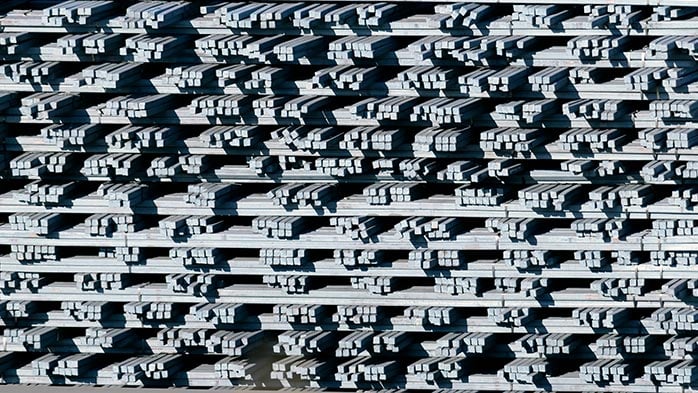India reinforced its commitment to investment-led growth by raising capital expenditure (or capex) outlay by over 11% y/y in its “interim” budget for FY 2024–25. The positive effect on steel demand will be evident from Q3 when the new government takes charge.
Capex allocation up almost three times over FY 2021…
The Indian government announced its “interim” budget for FY 2024–25 (starting 1 April 2024) on 1 February 2024. An “interim” budget is released by a government in its final year of the five-year term in India. This is followed by a “full” budget (usually in the month of July) when the new government is formed after the general elections. Usually, no major announcements on policies, schemes or tax proposals are made during an “interim” budget, as these may breach the Election Commission’s Code of Conduct on influencing voters.
The “interim” budget for FY 2024–25 was no different from earlier “interim” budgets, as no major taxation or policy changes were proposed. Rather, the incumbent government reiterated its commitment to investment-led growth by further raising capital expenditure. In fact, India’s capital expenditure outlay is now almost three times that of FY2020-21 (see chart below) – a factor that has had a multiplier effect across major sectors of the economy.
…and is a prime growth driver of steel longs demand
It is important to note that the Indian government has mostly met (and sometimes overachieved) its capital expenditure targets in recent years, while also achieving its fiscal deficit targets. The consequent stable financing of infrastructure and housing projects has been a key driver of India’s steel longs demand, which has increased by 38% when comparing FY 2020–21 with FY 2023–24 as per CRU Steel Longs Market Outlook (see chart below).
CRU believes that the Indian government’s vision to propel the economy through an investment-led growth strategy has positive implications for the country’s steel demand in the medium term. However, the 2024 calendar year will be a tale of two halves, with the country’s construction activity and resultant steel longs demand expected to remain subdued in H1 (January–June) but rebounding from H2 (July–December) when the new government takes charge. Strength of the demand rebound is contingent on the results of the general elections and the extent of growth in private investments during this year.
















